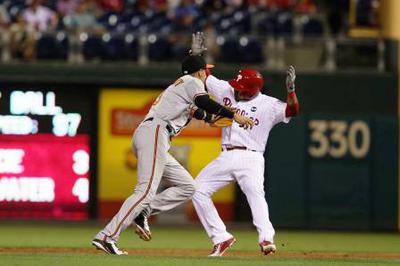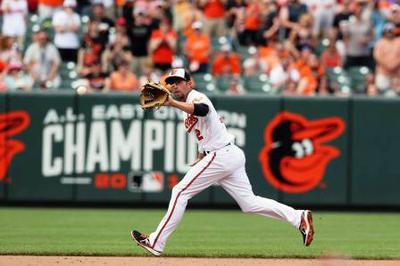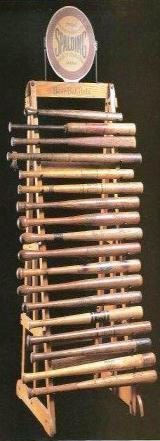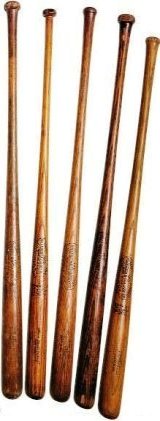Ball to SS/3B, Double Out?

Tag Of Baserunner

Line Drive to Infielder
Anonymous asked: Let's say that there is a runner on 2nd base and a batter.
If the batter hits a ball straight to shortstop or 3rd base, without the ball touching the ground, then my understanding is that the batter is out.
Why do I see some plays where that happens, then SS/3B tags out the runner and throws it to 1st base before the batter gets there?
Shouldn't the batter already be out?
Thank you!
Rick answered: Thank you for your question.
Based on your description, your situation occurs with no outs.
By definition, when the batter hits a ball straight at an infielder, in this case the third baseman or the shortstop, where the ball does not touch the ground and this ball is caught by the fielder, it is an out, so there now would be 1 out, which was the batter.
A ball hit as described is called a line drive.
So, we now have one out, with a runner on second base.
Generally speaking, base runners are taught to freeze on line drives, and return to the base they are currently at, to avoid being doubled up after the catch.
Fly balls and line drives that are caught by the defense, require that the base runners must tag up. If they do, they can go when the fielder makes contact with the ball, and try to attain the next base, in this case third base.
If the fielder caught the line drive cleanly, and the runner was close enough for the fielder to tag him, he is immediately out for out number two.
If he is off the base; but too far for the infielder to make a tag, the infielder can throw the ball to second base, where the receiving infielder can tag second base. If accomplished before the runner can get back to the base, the runner is out, again for the second out.
Two ways for the base runner to get out, or for the defense to get him out.
If the ball the batter hit was a line drive, then immediately on the catch, the batter is out, and there is no additional play to be made on him.
Two possibilities could have happened.
The first is that it was a low line drive, that was actually caught off a short hop, thus it was a ground ball, not a line drive. In that case, the runner from second would have to be tagged out, whether he was running towards third base, or headed back to second base.
The batter-runner would have to be thrown out at first, or he would be safe, most likely on a fielder's choice.
The second possibility is that the fielder caught the line drive, tagged the base runner from second for a double play, if there were no outs to start the play, the fielder then threw the ball to the first baseman to start throwing the ball around the infield, getting the ball around the infield on it's way back to the pitcher, as they still have to record one additional out to end that half inning.
Everything hinges on whether the ball was truly a line drive or not. Would have to see it in real time to be sure.
Yours in baseball,
Rick
Click here to post comments
Join in and write your own page! It's easy to do. How? Simply click here to return to Ask The Baseball Coach.
|





